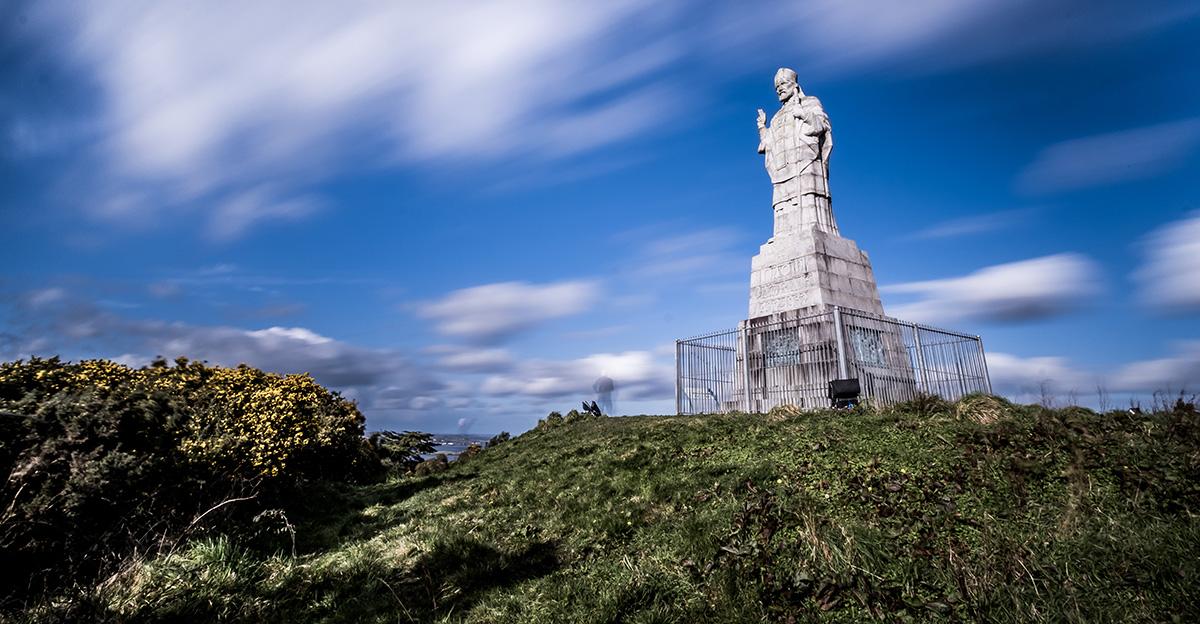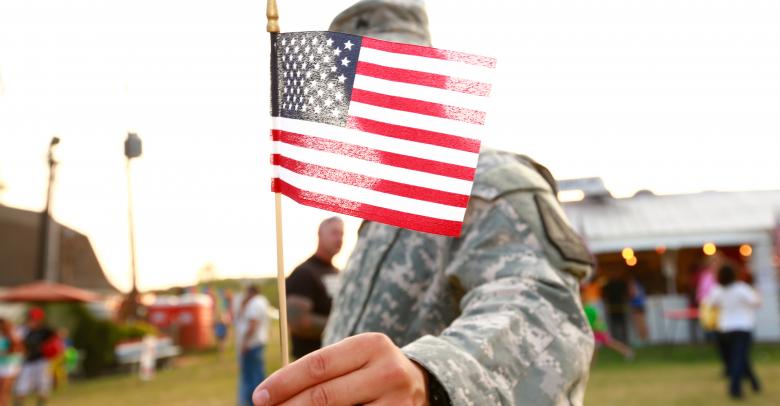The history of St. Patrick’s Day revolves around a celebrated feast day for the patron saint of Ireland. Now observed on March 17th of each year, the holiday involves wearing green and celebrating all things Irish. It also includes learning about Ireland and the history of St. Patrick’s Day in the classroom.
History of St. Patrick, Patron Saint of Ireland
St. Patrick was not originally from Ireland and perhaps not even named Patrick. Maewyn Succat, later known as Patrick, was born in the late 4th century in Roman Britain. At the age of 16, he was kidnapped and brought to Ireland as a slave. In the early 5th century, he escaped his captors and joined a monastery in France—then known as Gaul. He later returned to Ireland as a missionary.
Through this mission, Patrick was credited with bringing Christianity to Ireland. Legends say that he did this by driving out the snakes, though it’s commonly understood that the snakes were Irish pagans known as druids. Opinions differ on whether the Irish conversion to Christianity was through persuasion or intimidation. Patrick simply describes himself as having evangelized heathen Ireland.
The end of his life isn’t quite known and is believed to be anywhere from the year 457 to 493 CE. The former may be due to confusion with Palladius, an Irish bishop and contemporary who was also known by the name Patrick. Other writings suggest the death of Patrick, arch-apostle, in the year 492 or 493, at the age of 120.
Symbols and Celebrations
Many of the symbols we associate with St. Patrick’s Day come from the legends associated with his work. Legend says that he was trying to explain the Christian concept of the Holy Trinity, or three persons in one God, when he picked up a three-leaved plant with one stalk and used it as a representation. That green plant was a shamrock, and two of the most significant symbols on St. Patrick’s Day are the shamrock and the color green.

St. Patrick’s Day Beginnings
Celebrations of St. Patrick’s feast day were small and typically religious at first. Celebrants would attend church and hold a special feast meal to honor the coming of Christianity to Ireland. In the 18th and 19th centuries, however, large numbers of Irish citizens were forced to leave their country due to famine and lack of work.
When many of these immigrants landed in America, they brought the celebration of St. Patrick’s Day with them as a reminder of home. Corned beef and cabbage was an affordable feast-style meal for the poor Irish Americans on this day, and despite not necessarily being Irish, it eventually became a traditional meal for the holiday.
The first parades for St. Patrick’s Day were held by Irish soldiers in the Civil War. Eventually, the holiday became a celebration of all things Irish. Irish immigrants observed it as a way to celebrate home and heritage. As decades passed, even non-Irish Americans got involved in the spirit of celebration. Businesses and restaurants began offering special meals and sales, and cities drew up parade routes. In Chicago, the river is dyed green to coincide with their annual St. Patrick’s Day parade.

Celebrate St. Patrick’s Day in your Classroom!
As the holiday continued to gain popularity, classrooms across the country began celebrating by studying Irish history and making timelines of events. And since no one can resist holiday decorations and activities, the Schoolyard is always here with inspiration!
Read 7 Lucky St. Patrick’s Day Ideas for the Classroom
Read St. Patrick’s Day Activities in the Classroom
With your plan all set, visit School Specialty online and save some green with our St. Patrick’s Day collection!






Leave a Reply